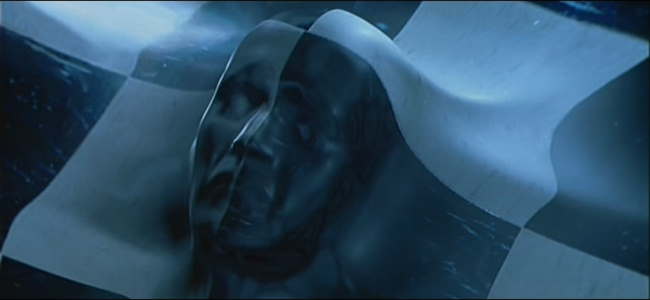March 11, 2006
I, Nanobot - Realistic Fear-mongering from the Science Front
The Accelarating Future blog recently discussed an article posted this Thursday on Salon, titled “I, Nanobot.” This article by Alan H. Goldstein discusses the imminent dangers implicit with the developing field of “nanobotics.” In a nutshell, Goldstein is concerned that we will be creating creatures that will ultimately surpass us and cause our demise. For instance, he states:
The fusion of nanotechnology and biotechnology, now called nanobiotechnology, will result in the complete elimination of the barrier between living and nonliving materials. In other words, nanobiotechnology not only has the goal, it has the mandate to break through the “carbon barrier” of life. The result: We will produce not mere cyborgs, but true hybrid artificial life forms — or manifestations of synthetic biology, take your pick.
He goes on to state:
What this all means is that within a generation, biology will face its ultimate identity crisis. Researchers in the field of nanobiotechnology are racing to achieve the complete molecular integration of living and nonliving materials. We will hack into the CPU of life in order to insert new hardware and software. The purpose is to extend the capabilities of biology far beyond the limits imposed by evolution, to integrate the incredible biochemistry of life with the equally spectacular chemistry of nonliving systems like semiconductors and fiber optics…
…This is, without doubt, the most momentous scientific development since the invention of nuclear weapons. When we open the door and allow new forms of chemistry to enter, we will change the very definition of life. Yet no coherent strategy exists to identify the moment when nanoengineered smart materials cross over into the realm of living materials. Could we even recognize a noncarbon life form at the moment of its creation? The answer seems intuitively obvious until we remember that we too are made of materials. That we too are machines.
This is both intriguing and scary. One concern is nanomats merge with humans, creating something truly “post human.” Another is that if the carbon barrier to the formation of life is broken and sentient nanomats emerge, how do we really know that what we create, once accidentally (or purposely) introduced into the biosphere we call earth, won’t evolve and compete for niches, just as all carbon-based life forms do? Considering the ability of nanotechnology for self-replication (Goldstein terms these self-replicating entities, “animats”), this is hardly just a science fiction story.












